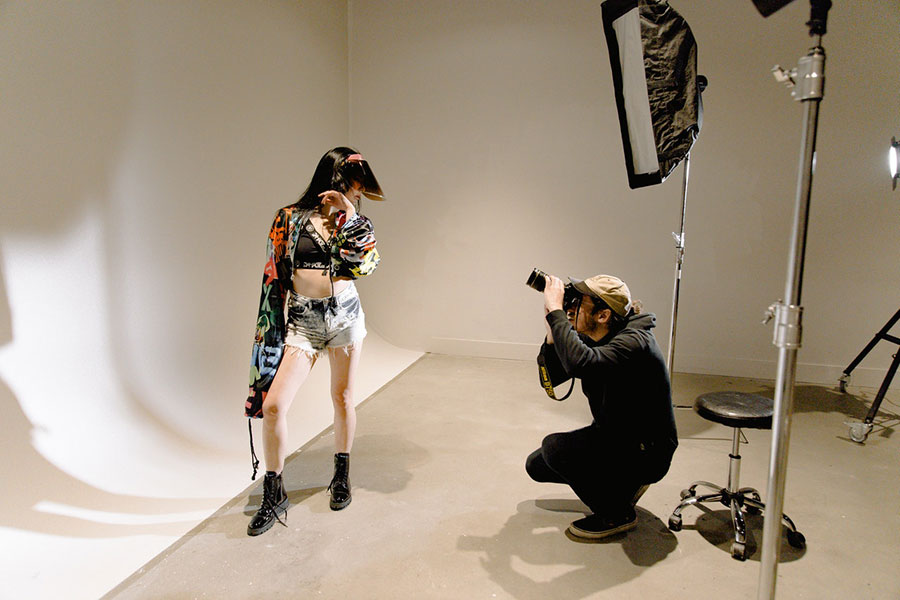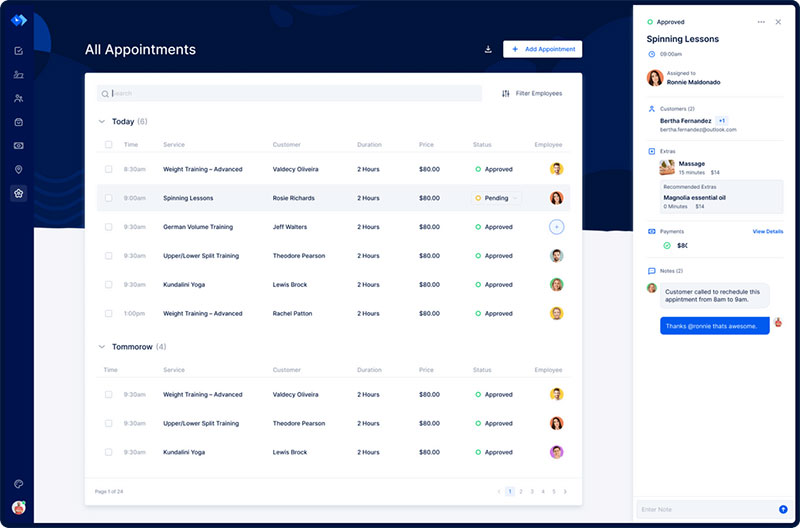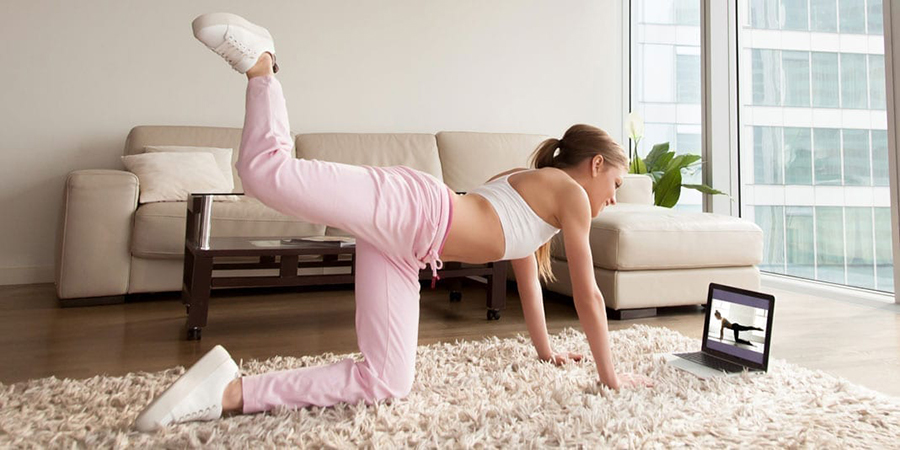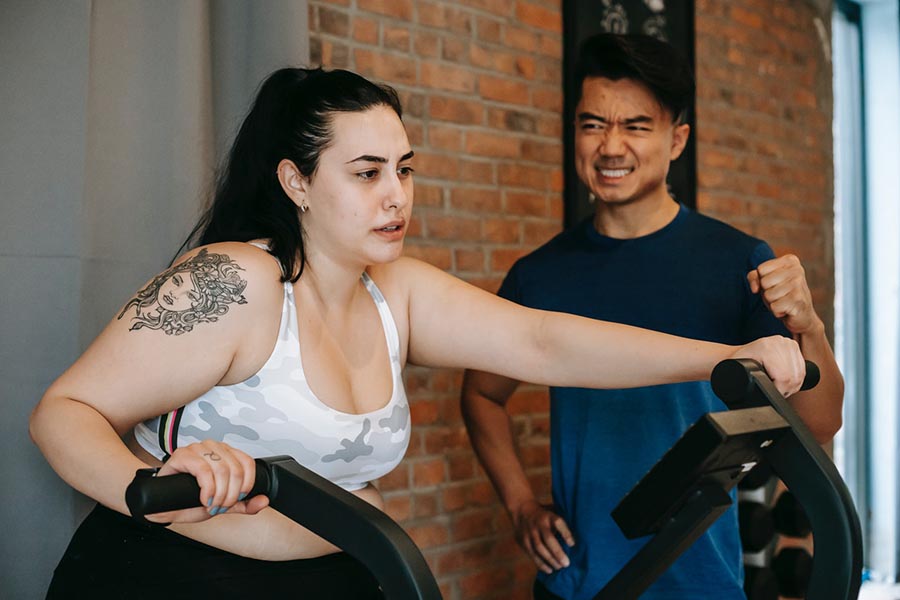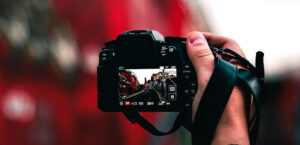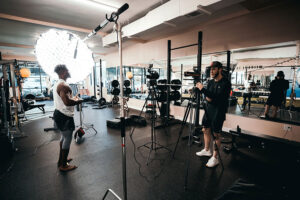Setting the right prices is an essential part of becoming a successful photographer. Yet, getting the price right is not straightforward.
Portrait photography pricing is especially tricky for those starting out.
A photographer may be completely convinced of the quality of their work. The clients, though, may not be.
So, a photography business owner can’t simply focus on technical and artistic aspects. Income is at least as important.
This is a guide for portrait photography pricing. It includes answers to the most important and common questions.
It also has practical suggestions on choosing the right strategy for setting price levels.
How Much to Charge for Portrait Photography
Most commercial photographers work for a larger company. Portrait photographers usually do business directly with a client and the general public.
Besides making portraits, they make other social photographs as well. This includes event, family, and wedding photography.
Some photographers charge per hour, per day, or per project. Besides that, they gain additional income by selling extra copies, albums, frames, and so on.
There are various factors to consider in establishing prices. Some of them are:
- Studio rent
- Equipment
- Travel costs
These costs vary greatly between different portrait photographers.
The difficulty of determining price levels accounts for such vast differences. There is no simple answer to this problem either.
Each photographer needs to determine that for themselves.
An average portrait photographer, on location, may charge between $150 and $370 per hour. Depending on the circumstances some charge even more.
A one-hour studio session costs $125, and a complete package can cost around $250. A longer session with twelve professionally edited photographs may cost $350 or more.
These are average prices only. Actual prices vary according to the location, area, and skill level of the photographer.
Also, the subject influences the costs of the portrait photography session. Many photographers experience peak seasons and adapt their pricing to match.
Experience Level

Image source: fash
Portrait photography is a good starting point for a beginning photographer. They are relatively easy to make and there are plenty of customers.
Think, for example, of school pictures for yearbooks. Referrals are a great way to land this kind of gig.
For a beginning photographer, it is good to start at the lower end of the price range. That means charging around $80 to $90 per hour.
This doesn’t cover additional expenses, such as traveling to and from the location.
It is no surprise, experience affects the amount a photographer charges for a session. So, comparing the rate of a portrait photographer with one year of experience with one that has more than ten years is unfair.
Someone with years working as a photographer gains a lot of experience. They likely have more equipment and knowledge, an assistant, and own a studio.
Clients are happy to pay more for all that. Experienced, reputable photographers with a solid clientele may charge $300 or more per hour.
A smart photographer will add value to their services over time. In the end, they will reap the fruitage of their hard work.
Find out How Much Other Local Photographers Charge
A Google search of photographers in the area reveals what the average price is. Compare prices of those photography studios that offer similar services.
People often look around to find the best deals. So, make sure to have prices that are competitive.
Instead of fixing one price, it can be beneficial to set a price range.
Be sure not to set prices too low. Having prices that are much lower than the competition gives the idea that the quality is also low.
On the other hand, overpricing will drive clients to lower-priced options.
Finding portrait photography pricing online is sometimes challenging. Not all studios advertise prices on their websites.
The reason for that is not because they do not want to share their prices.
Rather, because needs and conditions vary so much, it is difficult to give a fixed price. Hence, they adjust the prices to the needs of the customer.
However, many photographers give a starting rate. That gives an idea of where to start with prices.
If local photographer websites do not provide enough information, go to a page like Payscale Search for the specific profession and it will give a scale of income for the area.
Other sites that are useful for researching fees are Glassdoor and Indeed.com.
Other Considerations for Pricing a Portrait Photography Session
The objective for all professional photographers is the same: to make a profit.
The goal is to sell the photographs at a reasonable price that reflects the studio's brand. The brand includes the specialty, experience, and knowledge of the photographer.
A good starting point for new photographers is to set the price based on the cost and profit model. After some time it is possible to charge extra based on proven talent and increased market value.
This means that the price is based on the target annual or monthly income and the number of possible jobs in that period. Use this formula to calculate the target:
Earnings + profit + costs + taxes = Total required revenue
Each client is different and will have different requests. So it is necessary to price the services according to that information.
This article continues by discussing some of the factors in the equation above.
Operating Costs
Many portrait photographers underestimate their operating costs. The most important ones to consider are:
- Traveling: The costs of getting to a venue and back (gas, wear-and-tear on the car, insurance, and time). For the mentioned process you might be interested in a package of delivery with your car.
- Permits and licenses. Most businesses need permits to function legally. Check fees with local government offices.
- Rent. The rent of a studio, shop, or office can take up quite a big sum of money.
- Office supplies. This ranges from coffee and a coffee machine for clients to pens and ink for the printer.
- Marketing. Cost of exhibiting work, networking, photography contest, advertising, portfolio, and website.
Costs of Photography Goods

Photography equipment and client products fall into this category. Below is a more detailed breakdown of these costs:
- Camera equipment.
- This includes anything related to the camera itself such as:
- Camera body
- Lenses
- Carrying cases
- Computer
- Lights
- Memory cards
- Photo printer
- Professional photo editing software
- Props
- Tripod
- Client products.
These are the products sold to the client. Do not forget to include packaging and shipping costs.

- Examples in this category include:
- Canvases
- Folio boxes
- Frames
- Prints
- Photo albums
- Outsourcing
- Some photographers do not edit or print photos themselves but outsource these jobs. Others have someone take care of social media or marketing.
- Debts
- This factor is not included in the equation above. Yet it is a considerable factor for those who have taken on a loan to get the studio going.
Another factor that many forget to factor in is taxes.
The percentage of taxes included in portrait photography pricing depends on local tax rates. Check local and federal tax rates.
In the United States, a self-employment tax applies. This is in addition to the standard income tax.
Therefore, tax costs may account for 25-30% of the pricing.
Get more bookings with the right tool for the job
Staying organized has never been easier.
You can now manage your business and grow your brand with a single, powerful software that keeps all of your appointments in line, your clients organized and your business booming.
Trafft is perfect for business owners who need to streamline their booking experience both for their staff and their clients.
Trafft handles everything for you, even sending automated email or SMS reminders to your clients. No-shows? Not anymore!
The Trafft booking software adapts to different industries for a blissful online booking experience and employee management.
Want to know more? Check out Trafft's awesome features to see what you are missing.
Time
Another underestimated factor that influences pricing is time. It is important to consider the amount of time spent on each job.
Often, the actual amount is more than calculated. Yet, time equals money.
For portrait photographers, time is very easy to lose.
The bride and groom want to take one more picture. It will not take a lot of time but the photographer is the one paying for it.
Therefore, set time limits for the photoshoots.
Most portrait photographers do not have a 9-to-5 kind of job. Some workdays last three hours, others as many as 16.
On top of that, there are evenings and weekends. That means that a 40-hour workweek rate does not apply.
There is also the time that the photographer spends with the client before the shoot. Consider checking out the location and the commute to and from the venue.
Finally, there is the time spent on editing and printing the photographs.
Projected Salary
Personal earnings are an important factor to think about. After all, the money is what makes the hard work and sacrifices worth it.
This, together with the business' profit, acts as an incentive to keep up the good work.
The personal earnings are the salary of the portrait photographer. So, when pricing a portrait shoot, think about what a good and reasonable salary would be.
All other variables, the costs, and incomes are a function of this amount. Break down the desired income and calculate what each session should cost to achieve it.
Profit
All the numbers above will determine the profit that the business makes.
These profit margins determine the income that each portrait shoot brings in. This will not be the same for every shoot.
What Am I Delivering to My Client?

Portrait photography pricing should outline what the deal consists of.
In the case of a complete shoot, how many photographs will the client receive? Will they receive the prints or only the digital images?
Many clients appreciate receiving both the printed and digital images. Nowadays, posting images of important events on social media is very common.
Still, others like sitting down and flipping through an album. Offering both diversifies options and will likely boost sales.
It generates income from both digital copies and sales for things like photo albums.
The Brand Position
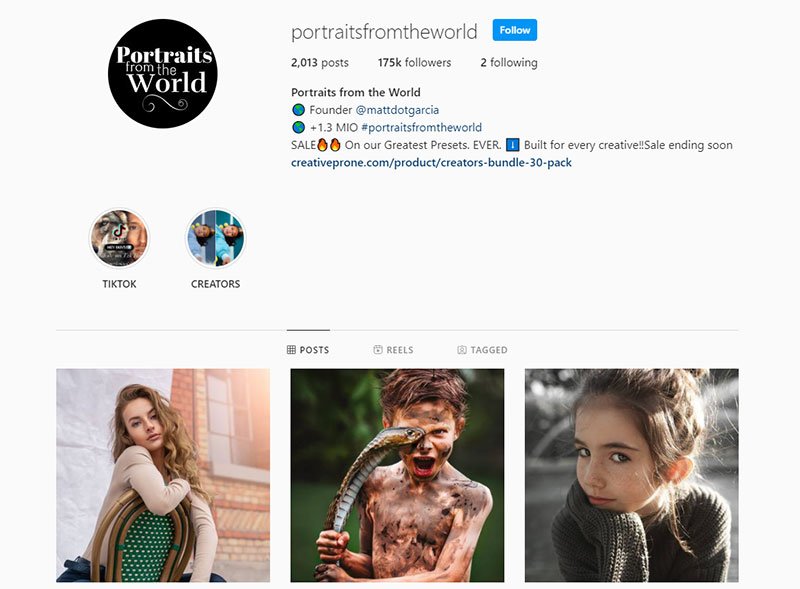
The last thing to consider is the brand's market position. The focus of a brand could be on low-cost solutions for small businesses.
Others focus on luxury and ultra-high quality at elevated costs.
Focusing on high quality requires the use of the best equipment, which comes with a price tag. Those aiming at the high-end market need a business that reflects that attitude.
The studio, portfolio, and portfolio website all need to show commitment to quality. These elements justify and require a higher price on a portrait photography shoot.
So, before starting the business and establishing prices it is important to decide which market to attack. It will support and justify the price range.
Reevaluating Rates
Reevaluating prices is necessary for professional photographers. Of course, there is inflation to consider.
But a business also changes over time. With years of experience, knowledge and skills will also increase.
That means that with time, a professional photographer has more to offer to clients. That justifies an increase in prices.
With the above in mind, how important it is to keep learning and increasing skills. It is worth the investment and will also increase confidence.
Many professional photographers regularly increase their prices by a fixed amount.
That is not always a smart thing to do. They do not look at how much they need to increase their prices.
It is important to know where every bit of money goes. In that way, it will be clear whether an increase is necessary or justified.
If prices rise too much, a photographer may find that they lose customers.
FAQs about portrait photography pricing
1. How much does a portrait photography session typically cost?
Depending on the photographer's skill, the location, and the kind of session being offered, the price of a portrait photography session varies greatly. Often, a session will cost you anything from $100 to $500 or more.
2. Are there any additional fees that I should expect beyond the session fee?
For extras like travel, accessories, or prints, some photographers may impose fees. It's crucial to enquire about any potential additional costs upfront to avoid being caught off guard by the final bill.
3. Can I purchase prints or digital files, and if so, what are the prices?
The majority of photographers give their customers a variety of print and digital options. Depending on the size, type, and quantity of the print or the number of digital files offered, the prices for these products can differ significantly.
4. How many photos will I receive from the session?
Depending on the photographer and the type of session, you may receive a certain amount of photographs from a portrait session. Typically, you can anticipate receiving 10 to 50 photographs or more.
5. Do you offer any packages or discounts for multiple sessions or referrals?
Several photographers give discounts or package deals in exchange for repeat business or referrals. These bundles can be an excellent way to cut costs on your photography requirements.
6. Is a deposit required to secure a booking, and if so, how much is it?
Photographers frequently need a deposit to hold a booking. This down payment could be a set amount or a percentage of the session's overall cost.
7. What is your cancellation policy for portrait sessions?
Prior to scheduling your session, it is crucial to inquire about the photographer's cancellation policy. While some photographers might allow for refunds or rescheduling, others might have rigid no-refund rules.
8. Do you offer retouching or editing services, and if so, are they included in the pricing?
The majority of photographers provide editing or retouching services as an extra choice. These services could be bundled into the price or charged separately.
9. Can I request specific poses or styles of photography, and will there be an additional charge for that?
Certain demands, including postures or photographic styles, may incur an extra cost from some photographers. Before scheduling your session, it's crucial to go over any special demands with your photographer.
10. How long does a typical portrait photography session last, and will there be an additional charge if it goes over the allotted time?
Depending on the photographer and the sort of session, a portrait photography session's length can change. A session may run anything from 30 minutes to several hours, in general. There can be an extra fee if the session lasts longer than planned.
Ending thoughts on setting portrait photography pricing
Many photographers nurture their creative side. Yet at the same time, they neglect their business talents.
Photographers who own a studio need certain skills to keep their business successful. Establishing reasonable and justifiable prices is one such skill.
To establish portrait photography pricing levels, go over the costs of running the business. It takes time, but make sure to include everything in this calculation.
Consider factors like experience and skills. That is not easy and many underestimate their work.
However, the most important factor is fun and enjoyment.
Anyone can work for a boss. It takes something else to make it on your own and be creative.
Portrait photography is a fun job. But it is a business too.
To be successful, treat clients and yourself with respect. Good self-esteem is vital to a successful business.
If you enjoyed reading this article on portrait photography pricing, you should also read this one about real estate photography marketing.
We also wrote articles about similar subjects like how to get more photography clients, becoming an event photographer, how to become a licensed photographer, social media marketing for photographers, real estate photography contract, appointment scheduling for real estate agents, how to get your photography noticed and photography mood board.

